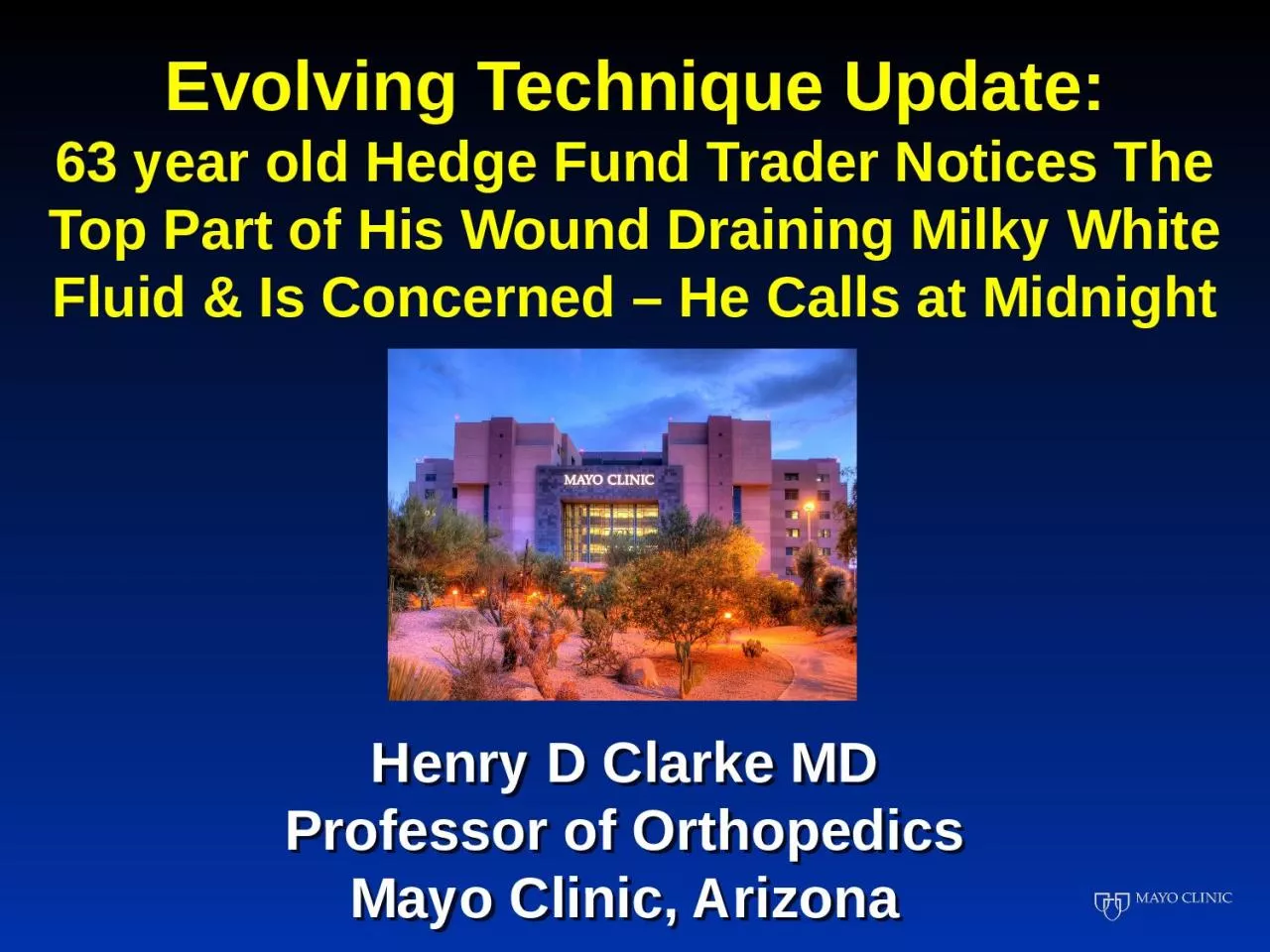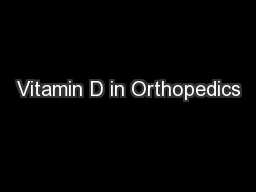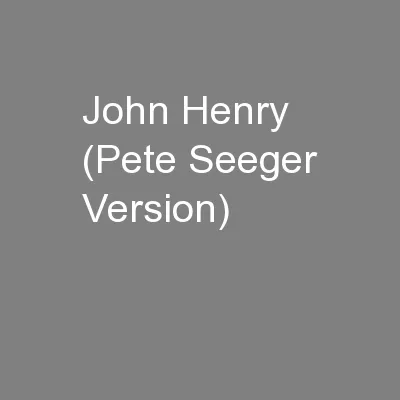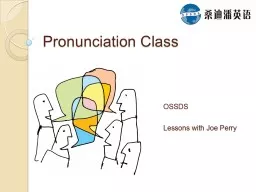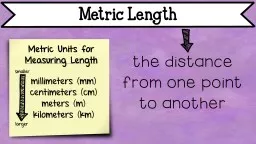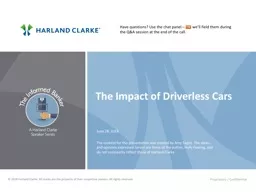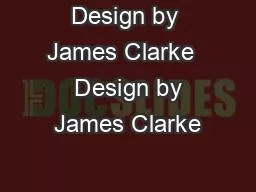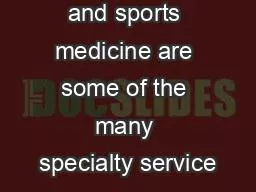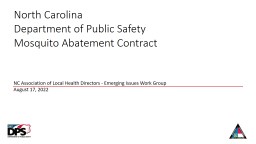PPT-Henry D Clarke MD Professor of Orthopedics
Author : bery | Published Date : 2022-06-11
Mayo Clinic Arizona Evolving Technique Update 63 year old Hedge Fund Trader Notices The Top Part of His Wound Draining Milky White Fluid amp Is Concerned He Calls
Presentation Embed Code
Download Presentation
Download Presentation The PPT/PDF document "Henry D Clarke MD Professor of Orthopedi..." is the property of its rightful owner. Permission is granted to download and print the materials on this website for personal, non-commercial use only, and to display it on your personal computer provided you do not modify the materials and that you retain all copyright notices contained in the materials. By downloading content from our website, you accept the terms of this agreement.
Henry D Clarke MD Professor of Orthopedics: Transcript
Download Rules Of Document
"Henry D Clarke MD Professor of Orthopedics"The content belongs to its owner. You may download and print it for personal use, without modification, and keep all copyright notices. By downloading, you agree to these terms.
Related Documents

